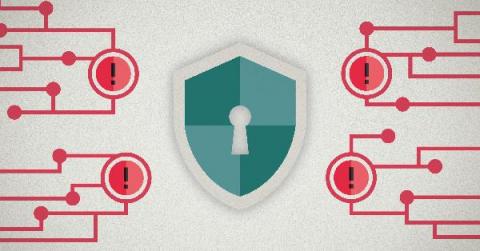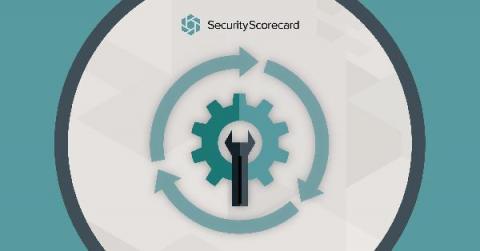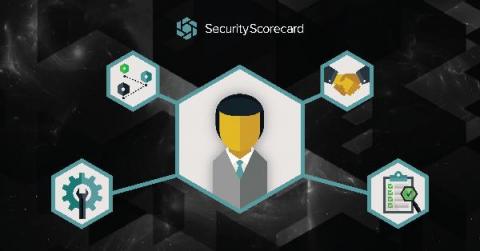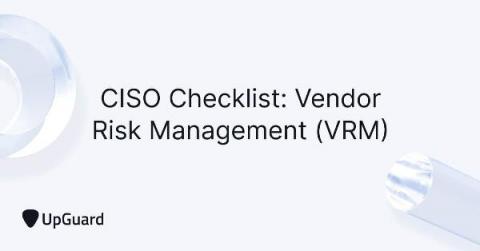Benefits of Outsourcing cyber security (and risks!)
We all know how cyber security has become an increasingly important issue as the reliance on internet-connected devices has increased. This is why some companies are looking for third-party providers to handle their IT security needs to free up resources and reduce costs. Find out what you should be looking for in a provider, as well as why outsourcing cyber security can be a good option for some businesses.









